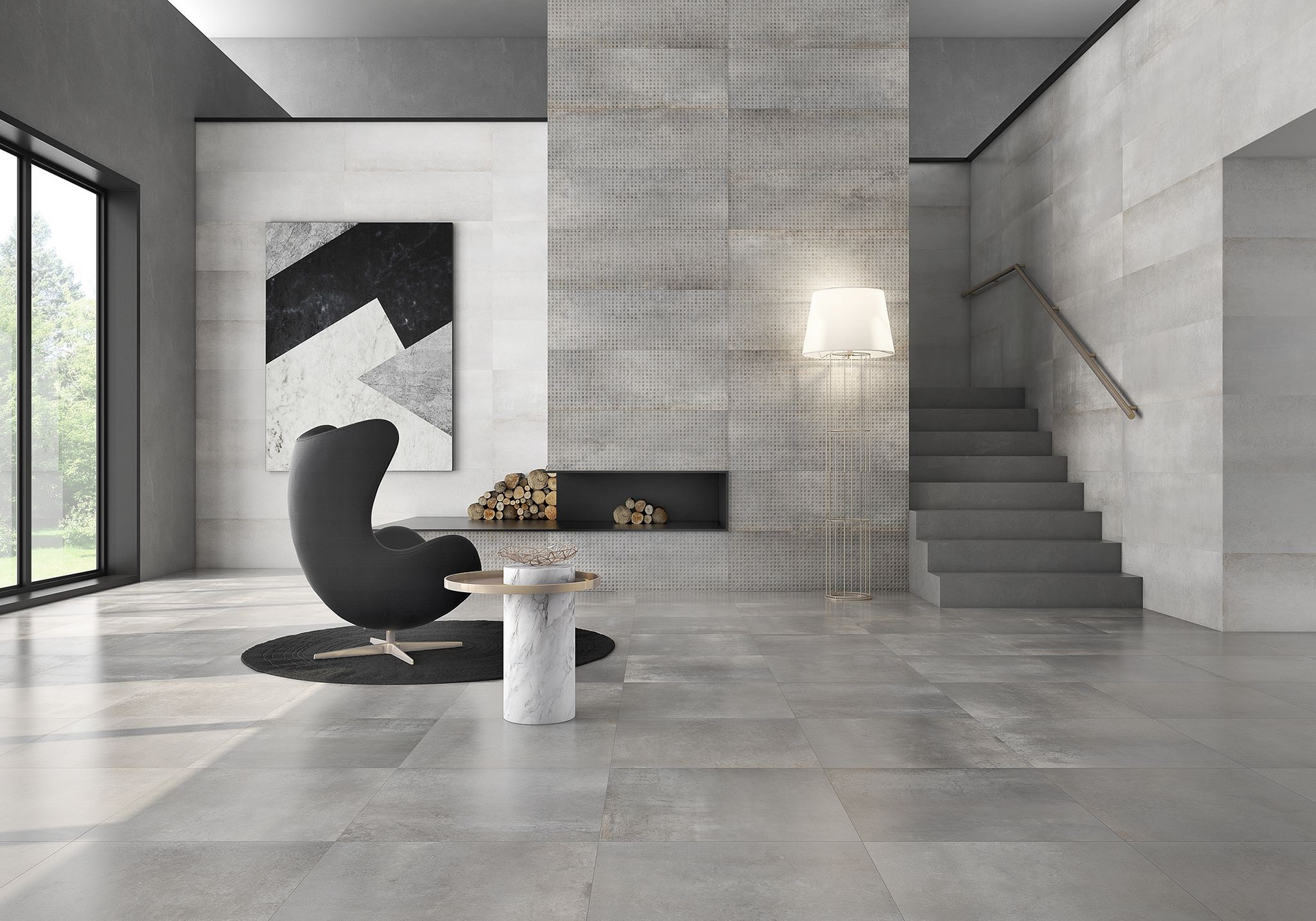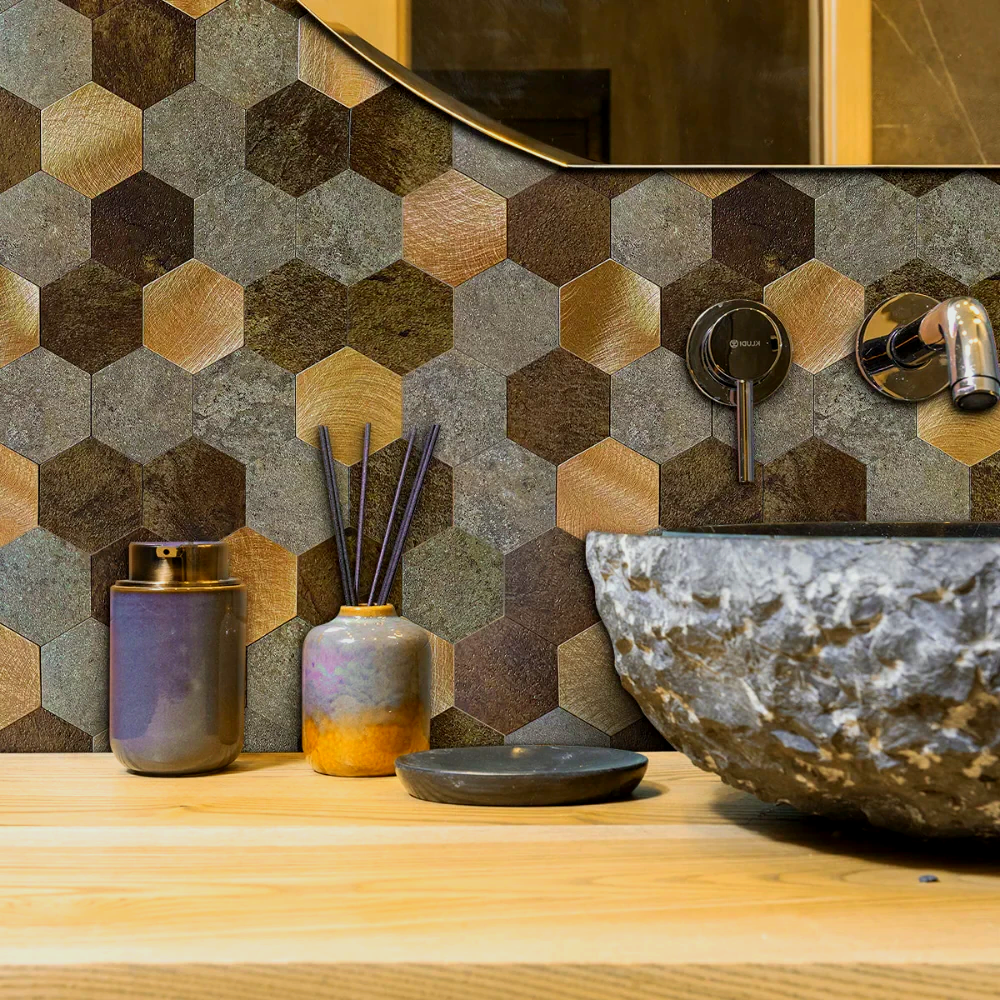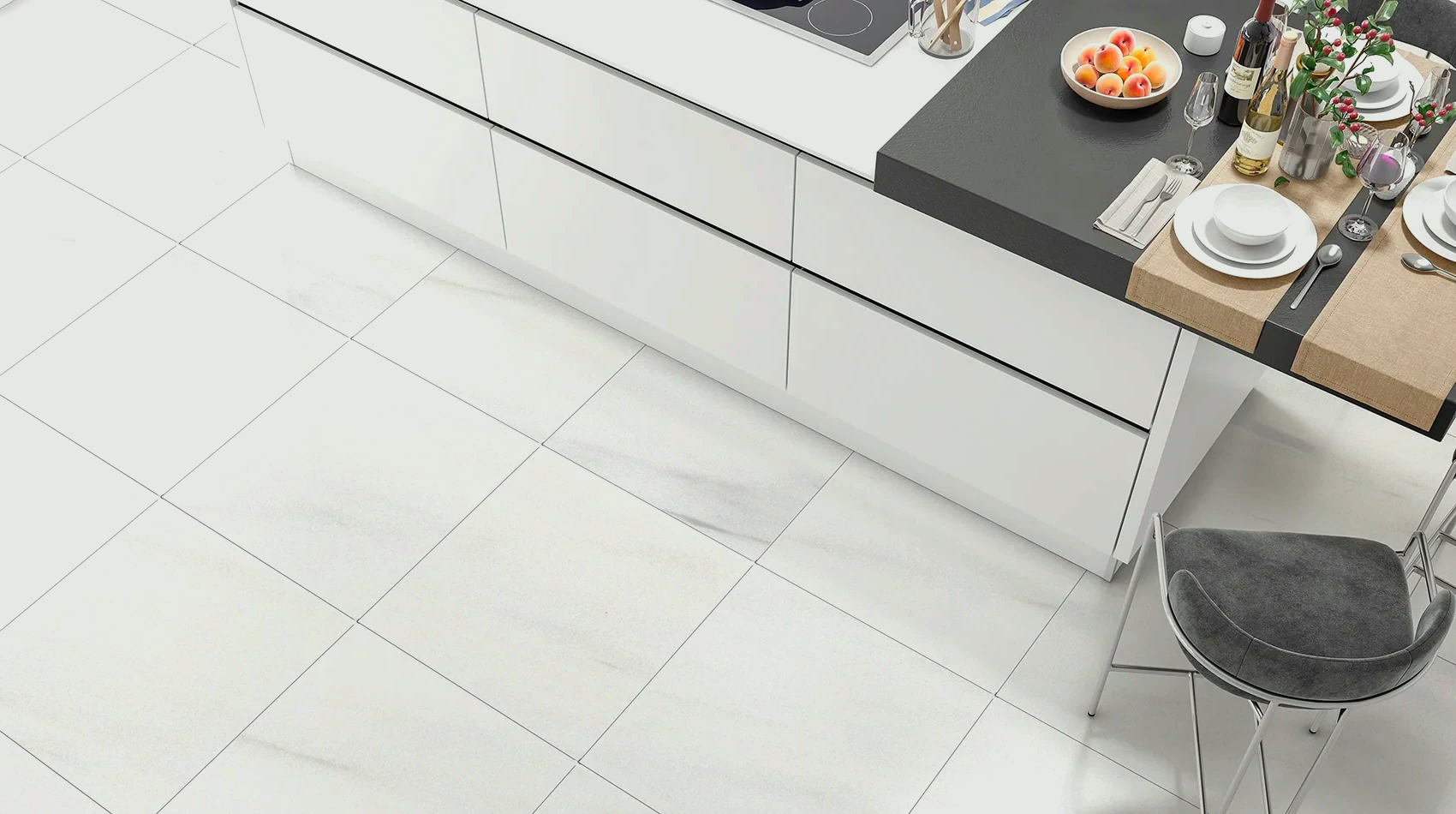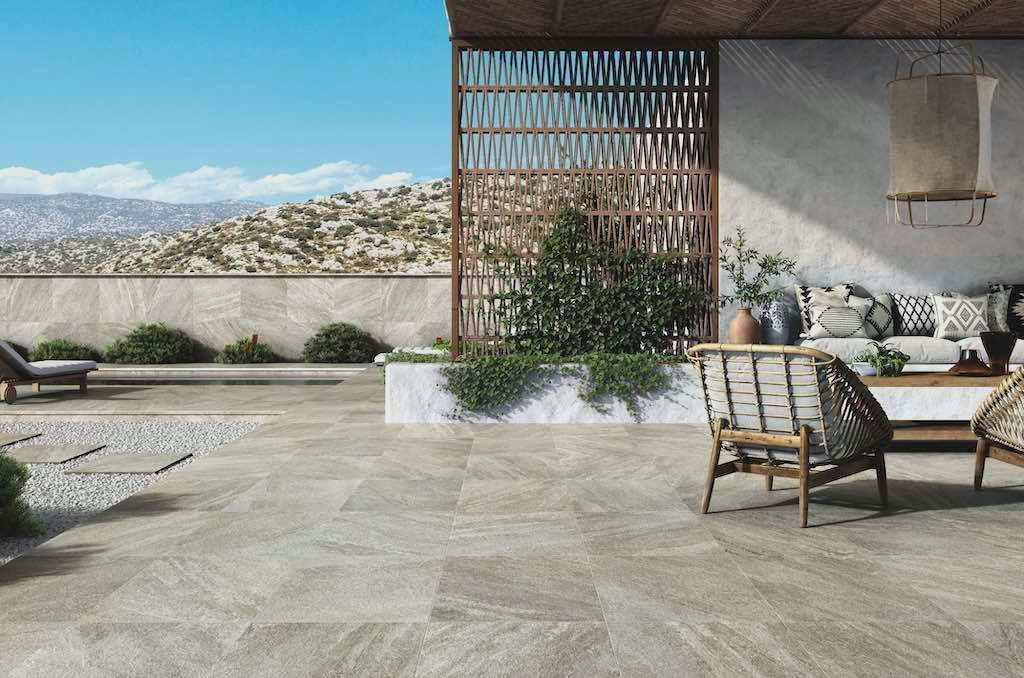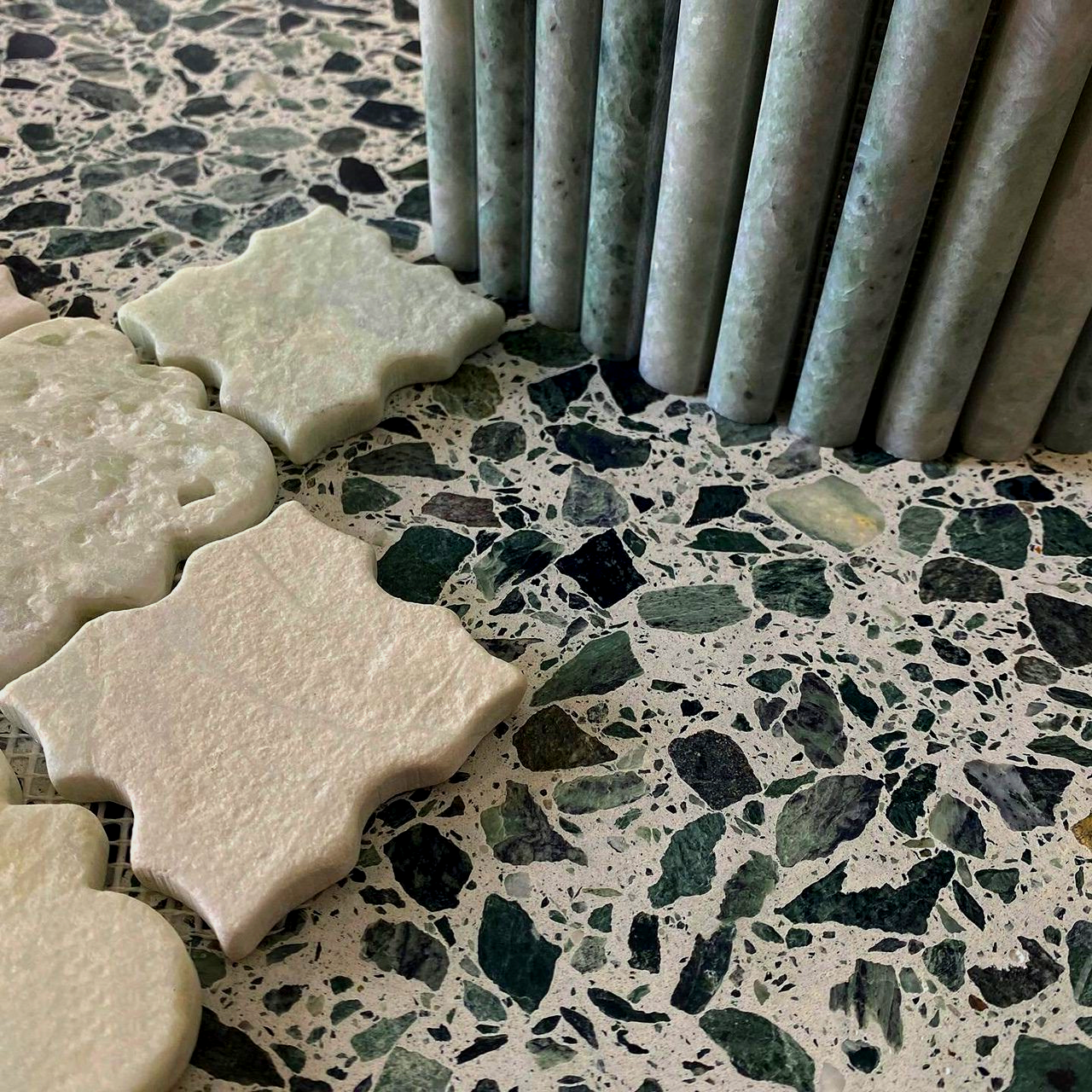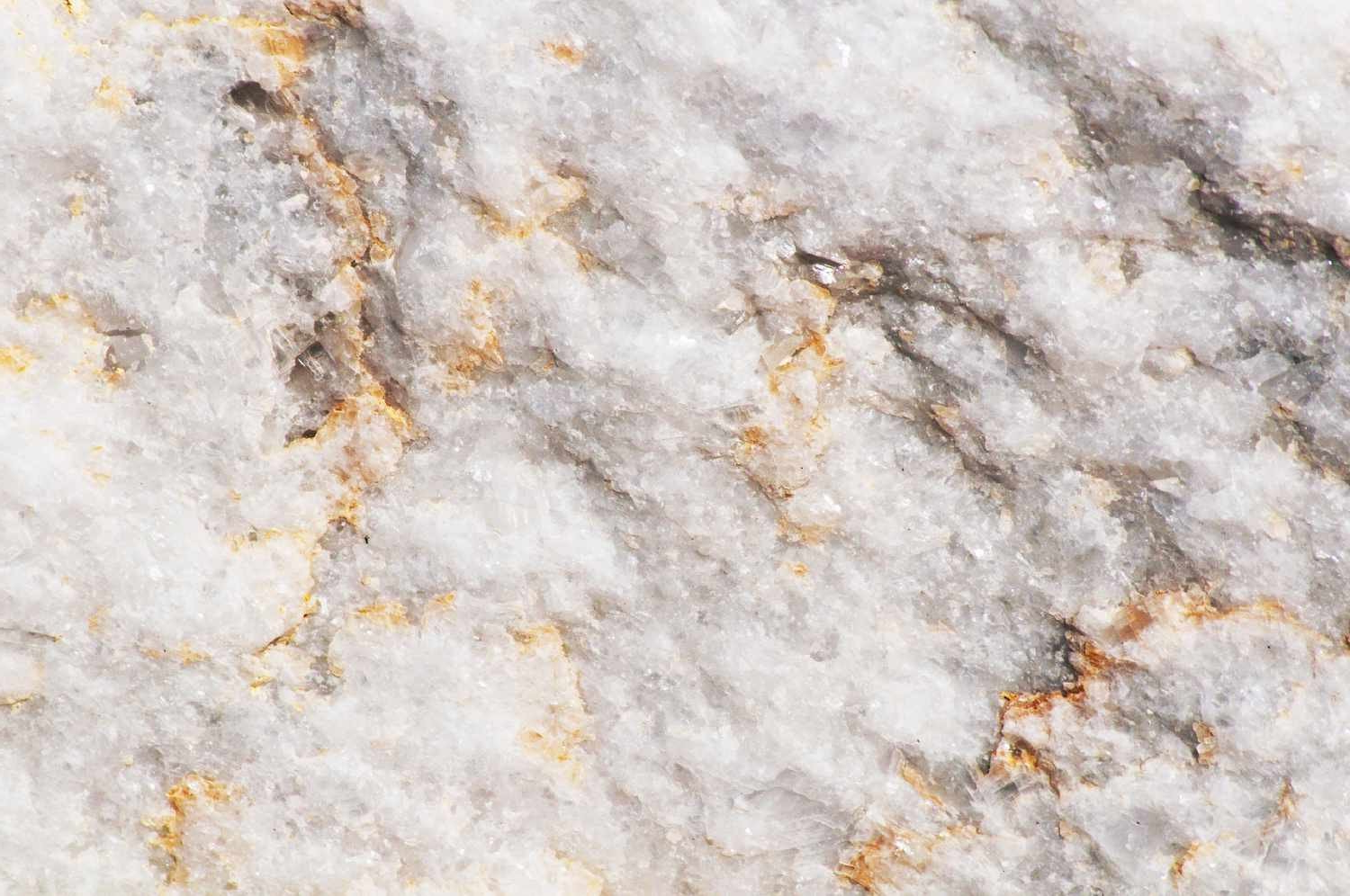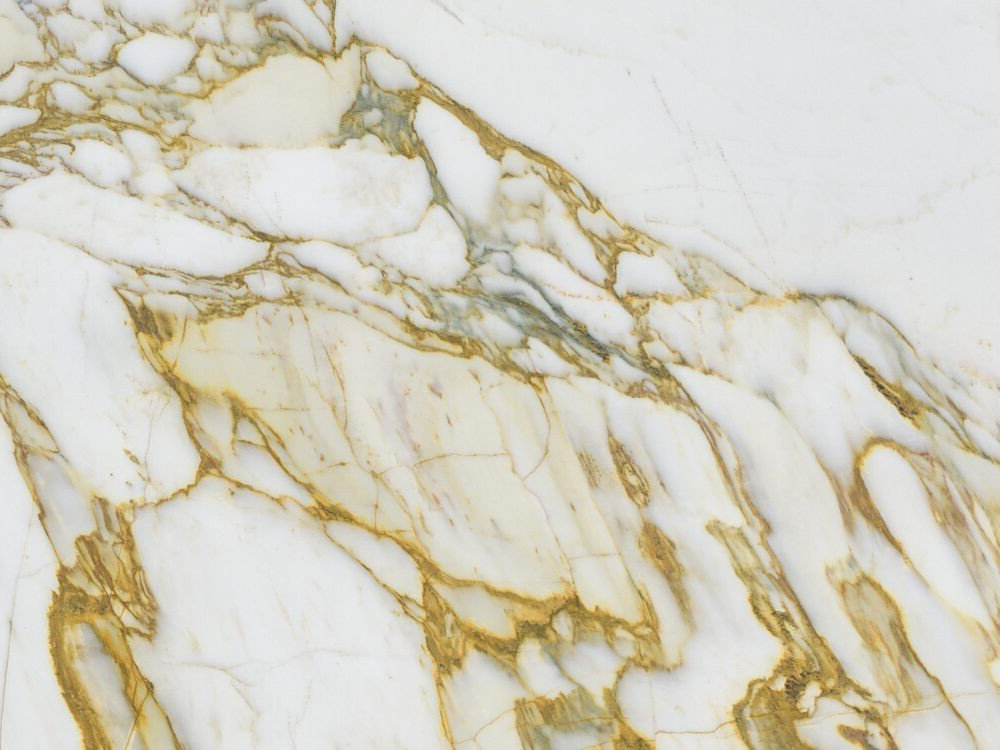4 Ways to Waterproof Your Shower and Bathroom
Sydney Tiling Specialists explain 4 different methods to waterproof your shower and bathroom areas
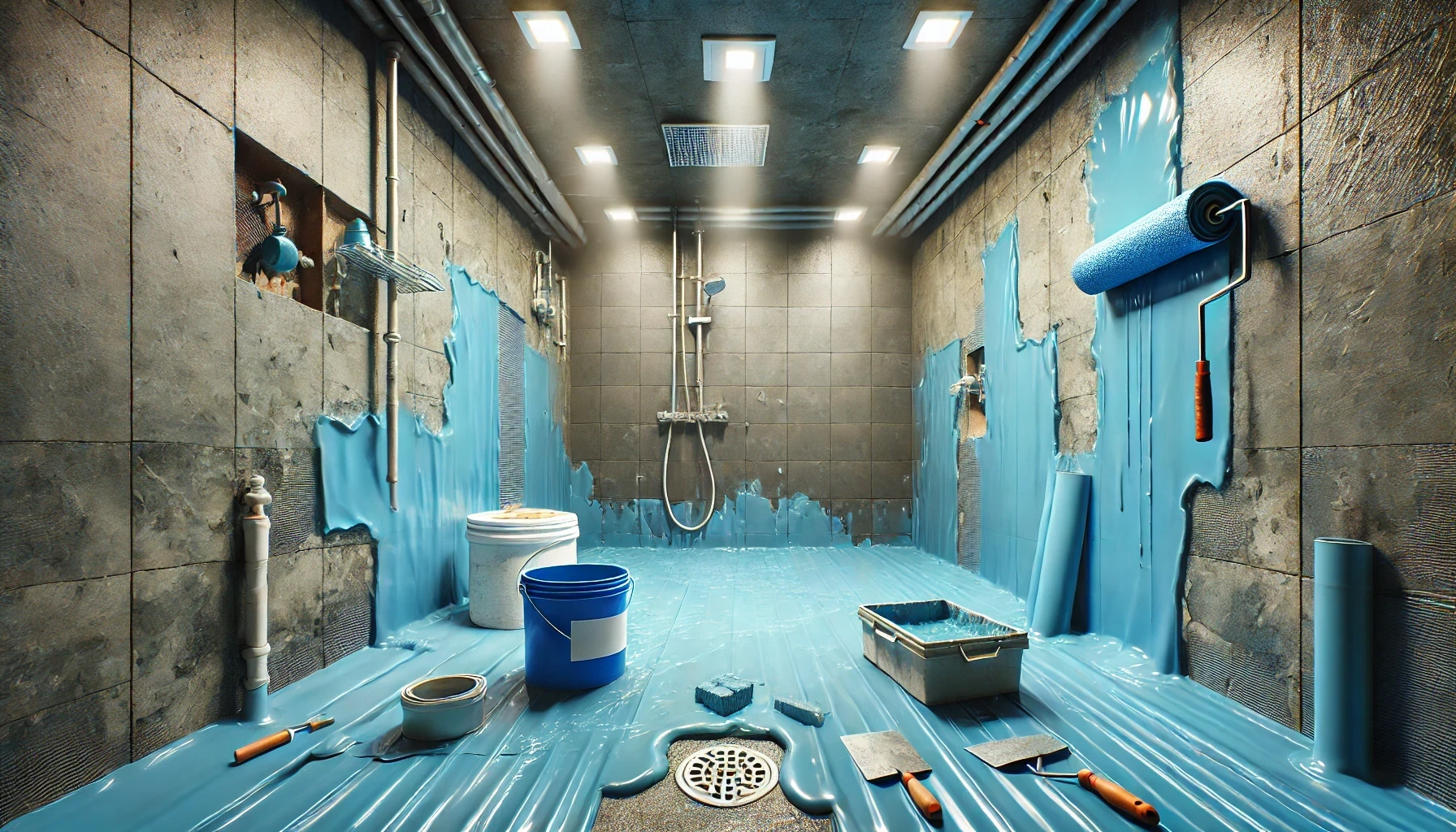
Sheet membrane systems
Sheet membrane systems are known for their reliability and effective waterproofing capabilities, which are crucial for areas like showers that experience significant moisture exposure. They create a reliable barrier that prevents any water penetration, ensuring the durability of the wall and floor beneath the tiles.
- Material: A membrane is a pliable sheet that is applied over stable surfaces to form a waterproof layer. It is made from a material that can bond effectively with the appropriate tile adhesive.
- Application process: Sheet membrane systems require specific preparation and application techniques, including the use of non-modified cements for proper adhesion. This ensures that the membrane fully adheres to the underlying surfaces and tiles adhere properly to the membrane.
- Professional training: Those applying the membrane for professional purposes should undertake a certification course to ensure proper installation techniques, which are crucial for the longevity and effectiveness of the waterproofing.
Properly installed sheet membrane systems can greatly extend the lifespan of a bathroom, transforming a shower that might otherwise last only a few years into one that remains functional and mould-free for decades.
Liquid waterproofing membranes
Liquid membranes form a waterproof barrier when applied over surfaces like drywall or cement backer boards. It is crucial to use multiple coats to ensure thorough coverage and effectiveness.
- Application: Liquid membranes are painted or rolled onto the surface, requiring several coats to ensure complete coverage and effectiveness. It is very importance to allow each layer to dry and achieve the correct thickness before applying the next, this ensures that the membrane functions properly.
- Versatility: Liquid waterproofing is versatile and suitability for a range of bathroom sizes and layouts. It can be applied in thin layers to conform to various surface irregularities, which makes it ideal for complex spaces.
- Advantages: One of the major advantages of liquid membranes is their seamless nature, which minimises the risk of leaks compared to systems that involve multiple pieces or seams. They also provide a cost-effective solution for achieving reliable waterproofing without the need for specialised training or tools.
- Preparation and cautions: It is critical to properly prepare the surface prior to application. Surfaces must be clean, free of any debris or oils, and sufficiently dry. Careful application is then necessary to avoid gaps or thin spots that could lead to failures.
Liquid waterproofing membranes are a practical choice for DIY projects due to their straightforward application process and the comprehensive protection they offer against water penetration.
Board waterproofing systems
Board waterproofing systems are efficient and effective methods for protecting bathroom interiors from moisture damage. These systems involve the use of waterproof boards that can be directly installed on walls and floors of the shower area, which often come with integrated waterproofing layers, making them convenient for quicker installations and less complex waterproofing processes.
Material composition: The boards are typically made from materials like polystyrene or other water-resistant composites, which come pre-coated with waterproof layers. This pre-coating eliminates the need for additional membranes in many cases, simplifying the installation process.
- Installation ease: Board waterproofing systems are known for their ease of installation. They can be cut to size and fitted directly onto the structural framing or over existing surfaces, making them ideal for both new constructions and renovations.
- Customisation and flexibility: These boards can be easily customised to fit various spaces and shapes, accommodating niches, benches, and other shower features. This flexibility is beneficial for creating tailored shower spaces in diverse bathroom layouts.
- Integrated waterproofing: The integrated waterproofing properties of these boards ensure that the entire assembly remains impermeable to water. This integrated approach reduces the risk of leaks that can occur with systems that rely on multiple layers or components.
We have observed that board waterproofing systems are practical for both DIY enthusiasts and professionals alike, due to their straightforward handling and reliable moisture barrier.
Combination waterproofing strategies
It is also possible to combine different materials and methods to achieve optimal waterproofing. This includes using both membrane systems and waterproof boards to protect against moisture penetration, as an overall protection.
Combination waterproofing strategies can be tailored to accommodate different bathroom sizes and layouts. This flexibility allows for the integration of various waterproofing materials, such as sheet membranes and board systems, to effectively manage moisture in a wide range of bathroom configurations. The customisability of these methods makes them suitable for diverse DIY projects, ensuring that each unique space can be adequately protected against water damage, regardless of its specific dimensions or design challenges.
This adaptability is particularly beneficial in renovations where space constraints or unusual layouts might otherwise complicate the waterproofing process. By combining different products and techniques, homeowners can achieve a seamless and effective barrier against moisture, enhancing the durability and functionality of their bathrooms.
- Enhanced protection: By combining methods such as sheet membranes, liquid membranes, and waterproof boards, homeowners can achieve a higher level of moisture barrier. This multi-layer approach targets various potential weak points, providing a more robust defence against water penetration.
- Customisable solutions: Combination strategies allow for customisation according to specific bathroom needs and challenges. For example, in areas prone to high moisture exposure, a sheet membrane might be applied over a waterproof board for double protection.
- Practical application: These strategies are practical for both professional contractors and DIY enthusiasts because they can be adapted to various situations, including complex layouts or unusual design features in bathrooms.
- Cost-effectiveness: While combining different methods might initially seem more expensive, it often proves cost-effective in the long run by preventing water damage and extending the bathroom's durability.
Combination waterproofing strategies not only provide superior moisture protection but also offer the flexibility needed to tackle any bathroom project with confidence.


